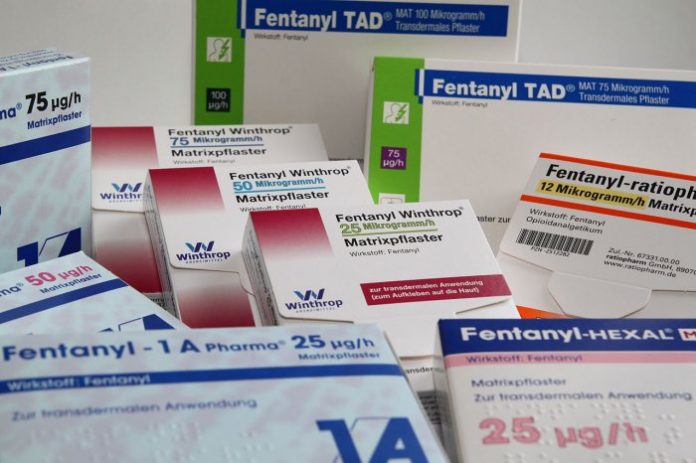More Australians have been dying from pharmaceutical opioid overdoses than heroin – a disturbing issue that medical cannabis may be able to help address.
A report from the National Drug and Alcohol Research Centre has found accidental deaths due to opioids has more than doubled among Australians aged 35 to 44 since 2007, with more than two-thirds of these connected to pharmaceutical opioids such as oxycodone and fentanyl.
The figures from the report relate to 2013, but projected estimates for 2014 and 2015 indicate accidental opioid deaths were also trending upwards among those aged 15 to 54 years.
Unlike the heroin epidemic of the late 1990s and early 2000s, opioid overdose is more likely to affect older Australians – those aged 35 to 54. Males represented 70% of deaths in all age groups.
Pharmaceutical opioids have their place, but they come with a potentially nasty sting in their tail – the significant potential for tolerance, requiring increasing doses, and dependence. What may start out as a valid treatment can evolve into a habit in just a few months, requiring sourcing the drugs via illicit means or through doctor-shopping once the original supply is cut off.
How many of the deaths resulted from this situation isn’t clear in the National Drug and Alcohol Research Centre’s report.
Australia isn’t alone in the opioid crisis – North America is also in the grip of an epidemic, and some believe medical cannabis forms part of the solution.
A recent study examining those using cannabis to replace opioid-based pain medication indicates medical cannabis could be a good substitute. It’s not the only study indicating the potential for it to replace opioids – some of the others we’ve mentioned are here, here, and here.
While the death toll from pharmaceutical opioids continues to rise, the number of accidental overdose fatalities related to THC, a psychoactive cannabinoid in cannabis, and another therapeutic non-intoxicating cannabinoid, CBD, remains the same – zero. It’s believed the absence of deaths is because cannabinoid receptors are not located in the brainstem areas controlling respiration.
Key findings from the National Drug and Alcohol Research Centre study can be viewed here. The full study report can be downloaded here (PDF).


